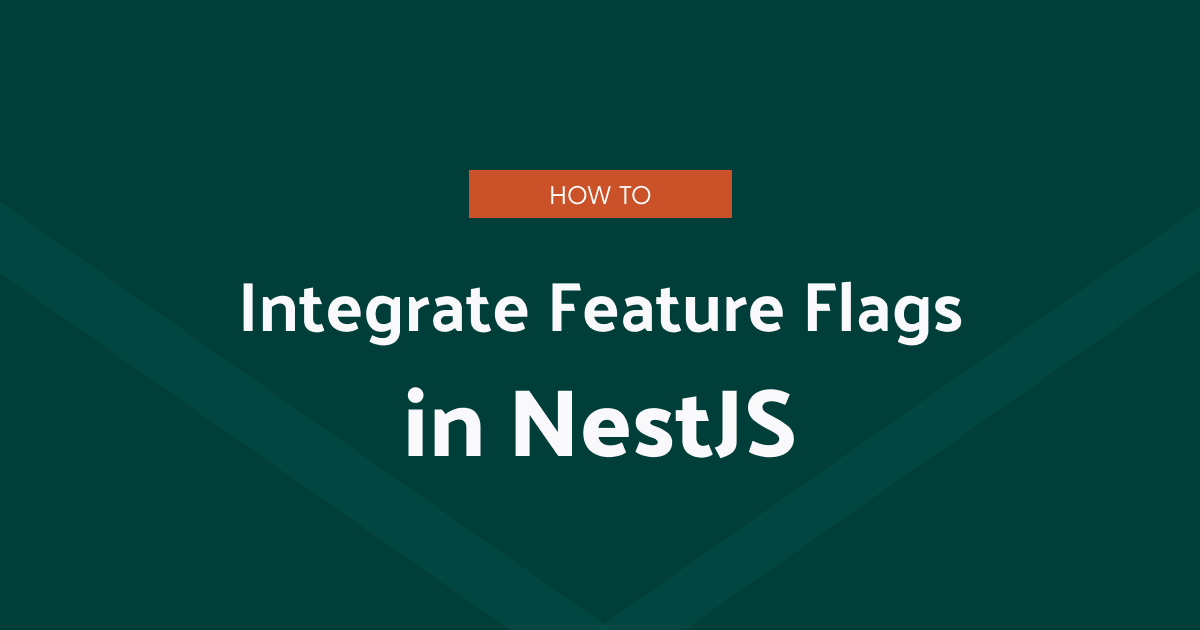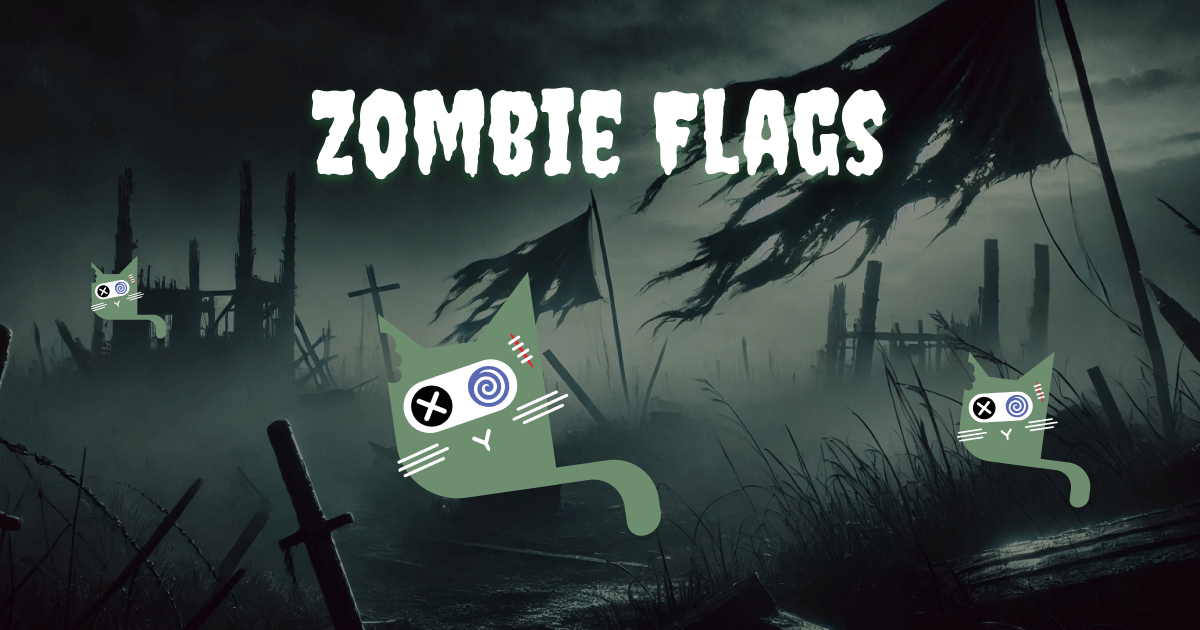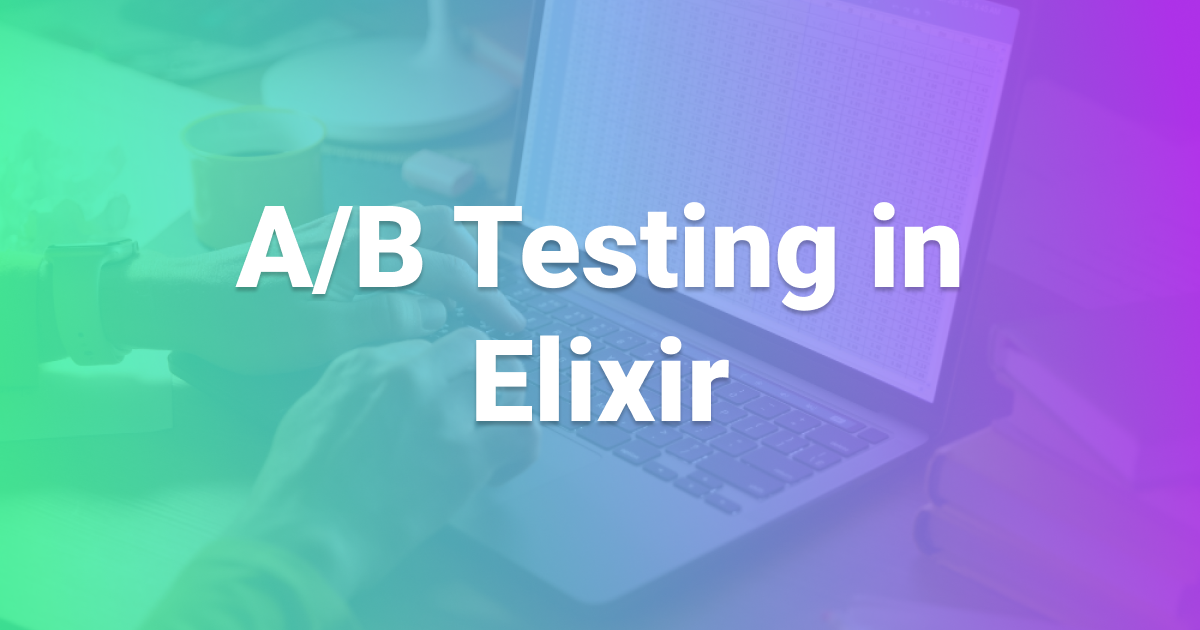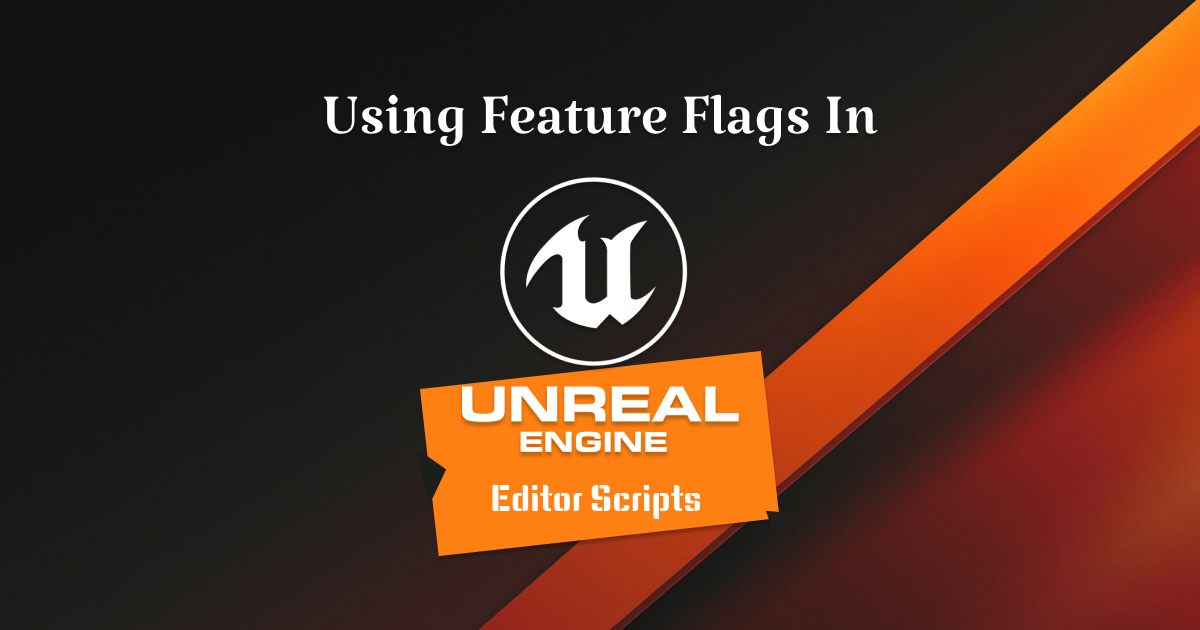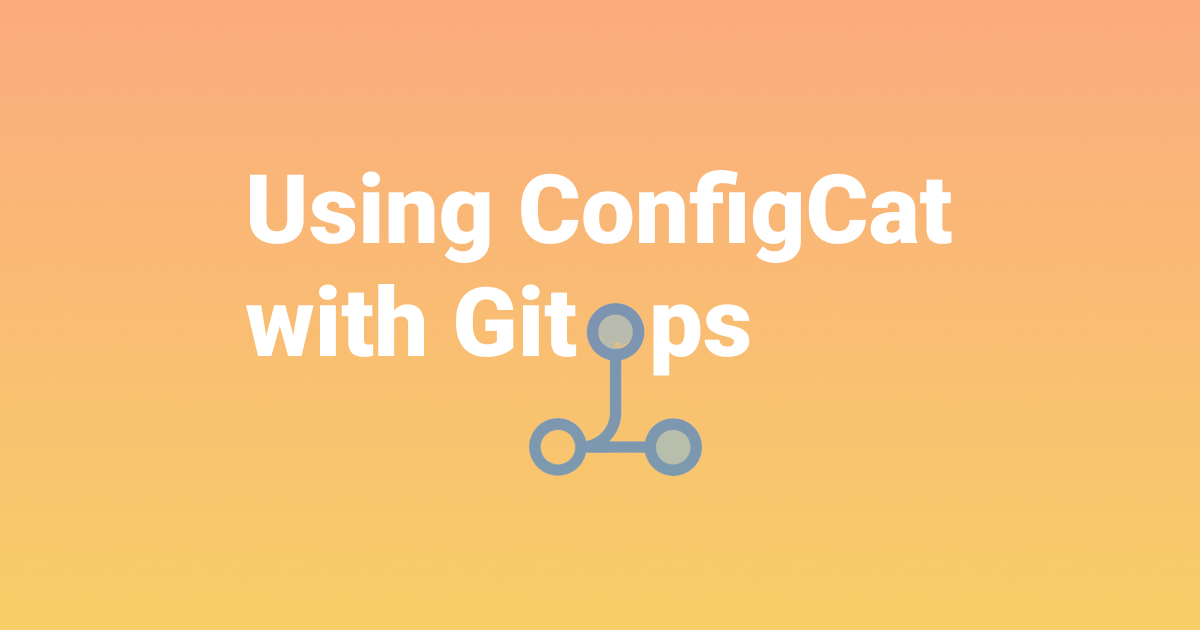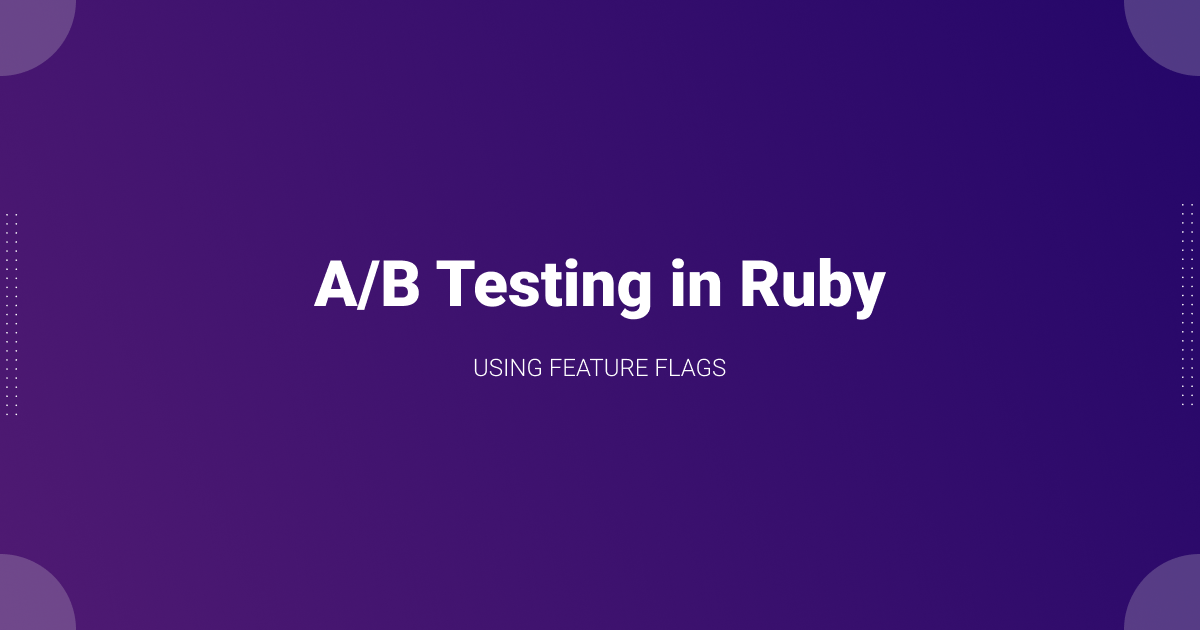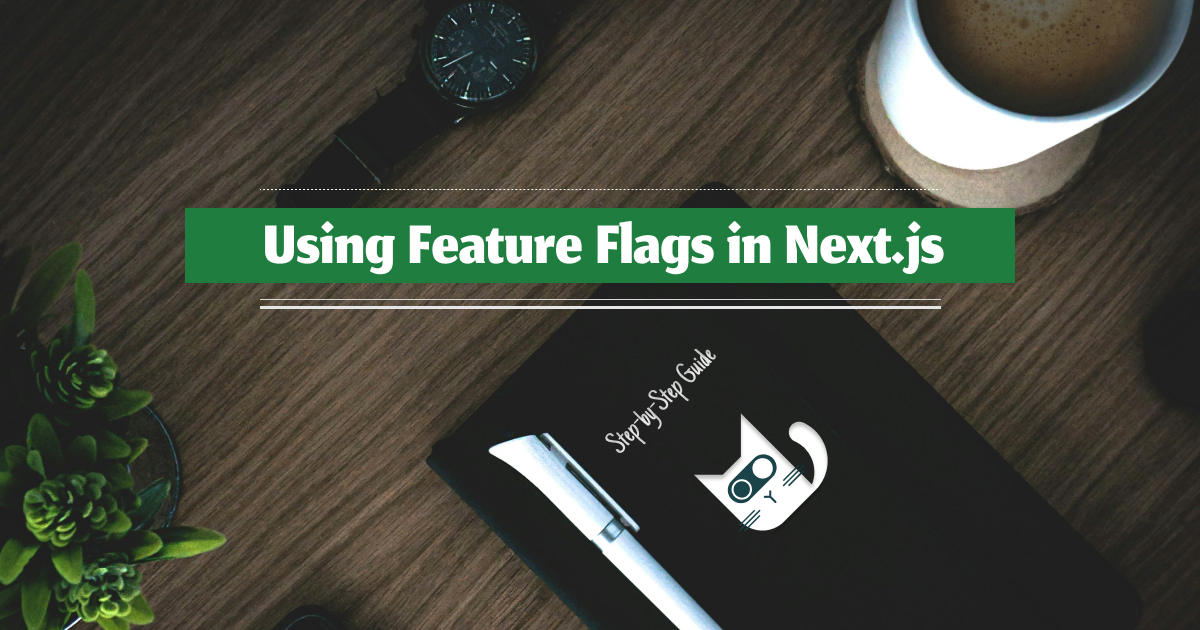How to Integrate Feature Flags in NestJS
Software development can be challenging, but deploying and managing new features shouldn't be. With feature flags, you can rest assured that your updates and new features are delivered safely with minimal risk. In this guide, I'll show you how to integrate a feature flag into a NestJS application.
